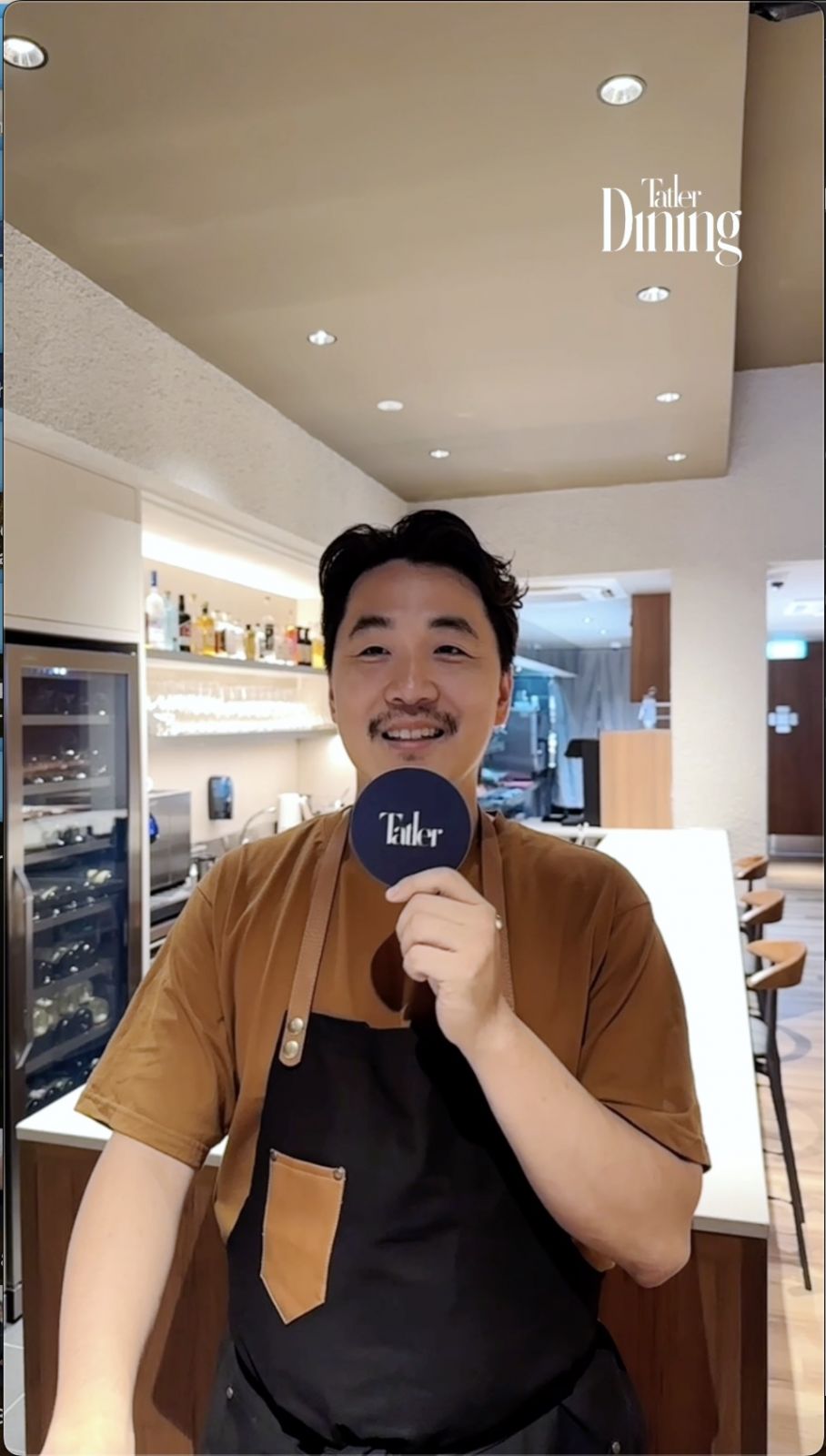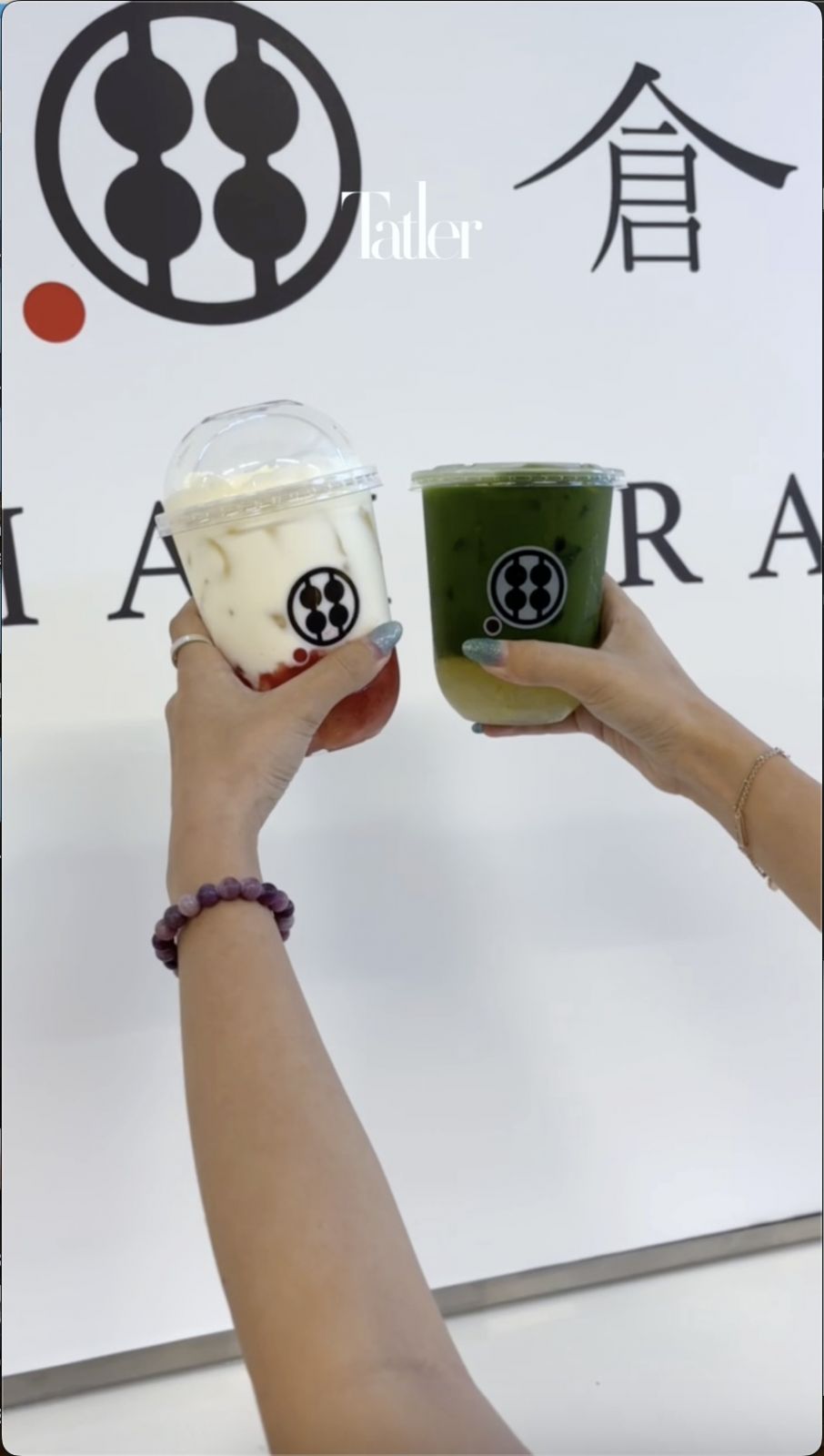What are the best solutions to balance work with caregiving? Anna Chew of ReU Living draws on her experience caring for her late father and weighs in on the challenges for women who grapple with leading a successful career, caring full-time for their elderly parents and navigating the stigma of assisted living facilities
It is almost by default that senior care is a “woman’s job”, or that the role of caregiving should land on a female.
This is probably from old beliefs and a culture that has long existed in Asian society. In the olden days, even until now, this is the practice—that parents would insist the daughters stay home to care for the seniors while the men went out to work. Some might even recall men marrying younger women so they could care for them.
How many male CEOs or senior managers can we identify who have quit their careers to be caregivers? I run premium retirement and recovery villages in Malaysia, and when potential clients call in to inquire, almost 95 per cent of them are female, even if it is an in-law calling in for her husband’s parents.
Read more: Female founders weigh in: How can I challenge gender stereotypes and bias in the startup ecosystem?
Usually when the elders make their children promise to take care of them, they are actually trying to avoid being placed in an old folk’s home. Unfortunately, females are still the default carers. As we know, times have changed and so have the products, but many are still not aware of it. And so, this practice continues.
I felt this when caring for my late father. On top of being a woman, I was an only child, which meant that it was down to my mum and me.
Thankfully, I was a businessperson with flexible hours. But, even so, it meant that I spent a lot of time away from the business, and it too suffered. I really have my cousins to thank—they were like siblings to me, taking turns to do ‘shifts’ in the hospital. To put it in context, this was more than 15 years ago when professional services barely existed.
See also: Artist Ishbel Myerscough on growing older and being less seen

















